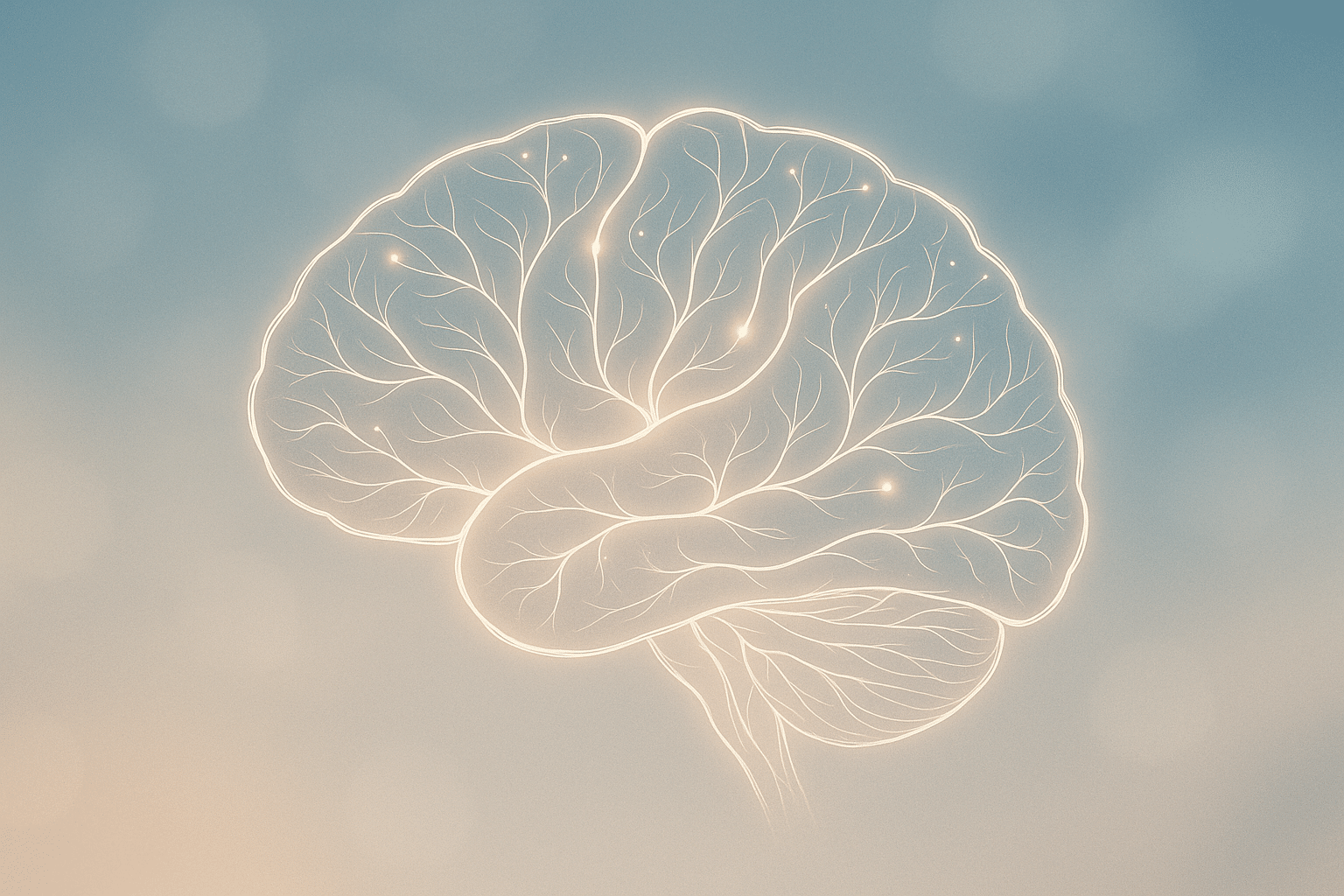Neurofeedback, a cutting-edge intervention in mental health, is gaining traction for its remarkable ability to fine-tune the brain’s functioning. This non-invasive technique leverages real-time displays of brain activity, typically through electroencephalography (EEG), to teach self-regulation of brain functions. It’s a beacon of hope for many, offering a personalized approach to mental wellness.
Decoding Neurofeedback: Core Concepts
Neurofeedback, at its core, is a sophisticated form of biofeedback tailored for the brain. It’s grounded in neuroscience and hinges on the principle that the brain can change its activity patterns—a concept known as neuroplasticity. By monitoring brain waves via EEG, neurofeedback provides real-time feedback, enabling individuals to influence their own neural activity. This process is pivotal in enhancing brain function and addressing various neurological conditions.
The interaction between neurofeedback and brain activity is fascinating. When a person’s brain wave patterns deviate from optimal ranges, neurofeedback systems detect these anomalies. They then provide feedback, often in the form of visual or auditory signals. This feedback assists individuals in adjusting their brain activity toward more desirable patterns, a process termed self-regulation. Over time, this can lead to significant improvements in cognitive and emotional health.
Key terminology in neurofeedback includes brain waves like alpha, beta, and theta, each representing different states of mind. Alpha waves, for instance, are linked with relaxation, while beta waves are associated with focused, active thinking. Understanding these terms is crucial for grasping how neurofeedback targets specific brain states to foster overall mental well-being.
The Science Unpacked: Efficacy of Neurofeedback
Neurofeedback’s efficacy is deeply rooted in its interaction with brain waves, the rhythmic electrical patterns our brains generate. Each type of wave, from delta to gamma, corresponds to different mental states. Neurofeedback targets these waves, aiming to optimize brain function. For instance, enhancing alpha waves can promote relaxation, while modulating beta waves might improve concentration and alertness.
Research in this field has been illuminating. Studies have shown that neurofeedback can effectively address conditions like ADHD, anxiety, and depression. By training the brain to maintain more beneficial wave patterns, individuals experience improved focus, reduced anxiety levels, and better mood regulation. This evidence underscores neurofeedback’s potential as a powerful tool in mental health care.
The impact of neurofeedback on cognitive health is particularly noteworthy. It’s been observed to enhance memory, attention, and problem-solving skills. For those struggling with attention deficits or cognitive impairments, neurofeedback offers a beacon of hope, enabling them to train their brains for better performance.
Emotionally, neurofeedback has a profound effect. It aids in regulating emotions, offering relief to those with mood disorders. By fostering a balanced brain wave state, individuals can achieve a more stable emotional landscape, enhancing their overall quality of life.
Transformative Benefits: Neurofeedback in Action
Neurofeedback has shown remarkable results in improving various mental health conditions. For instance, individuals with ADHD have experienced significant enhancements in focus and attention span. This is achieved by training the brain to increase beta waves, associated with alertness, and decrease theta waves, linked to drowsiness and inattentiveness.
In the realm of anxiety and depression, neurofeedback has been a game-changer. By modulating brain wave patterns, particularly in the frontal lobe, it helps in regulating emotional responses. Patients report feeling more balanced and less overwhelmed by their emotions, leading to an overall improvement in their mental well-being.
Cognitive enhancements are another key benefit of neurofeedback. Studies have shown improvements in memory retention and processing speed, particularly in older adults and those with cognitive impairments. By optimizing brain wave patterns, neurofeedback aids in sharpening cognitive functions, enhancing both learning capabilities and overall mental agility.
Real-world examples further illustrate neurofeedback’s impact. Take the case of a middle-aged woman struggling with insomnia and anxiety. After a series of neurofeedback sessions, she reported better sleep quality and a significant reduction in anxiety levels. Such stories underscore the transformative potential of neurofeedback in improving quality of life.
Neurofeedback Sessions: A Walkthrough
A typical neurofeedback session begins with the placement of sensors on the scalp. These sensors are non-invasive and painless, designed to monitor brain wave activity through EEG technology. The client then engages in activities like watching a movie or playing a game, during which the neurofeedback system provides real-time feedback. This feedback, often visual or auditory, is contingent on the brain’s activity, guiding the client toward desired brain wave patterns.
The technology and tools employed in neurofeedback are a blend of sophistication and accessibility. Central to this process are EEG devices, which are instrumental in capturing the brain’s electrical activity. This data is then fed into specialized software adept at interpreting these complex signals. The software’s role is pivotal, as it translates brain wave patterns into understandable feedback for the client, often in real-time. This feedback is the cornerstone of neurofeedback, guiding individuals toward desired brain states. Myndlift, for instance, represents a contemporary application of these technologies. It offers an immersive neurofeedback experience, leveraging advanced EEG analysis to facilitate brain health and wellness.
Exploring Neurofeedback’s Role in Daily Life
Neurofeedback isn’t just a clinical tool—it’s a gateway to enhancing daily life. This innovative approach goes beyond traditional therapy, offering a unique way to manage everyday stress and improve overall well-being. By learning to control and understand their brainwave patterns, individuals can apply these skills in various aspects of their daily lives. This could mean better stress management, enhanced focus at work, or even improved sleep quality.
Regular neurofeedback sessions can lead to lasting changes in how we respond to life’s challenges. For instance, individuals who have undergone neurofeedback often report a heightened sense of calm and clarity in high-pressure situations. This isn’t just about managing symptoms. It’s about empowering individuals with the tools to actively shape their mental state. The skills learned through neurofeedback can be particularly beneficial in today’s fast-paced world, where mental agility and emotional resilience are invaluable.
Embracing Neurofeedback’s Potential
Neurofeedback has emerged as a groundbreaking approach in mental health care, offering significant benefits for cognitive and emotional well-being. Its ability to non-invasively modulate brain activity makes it a compelling option for those seeking alternative or complementary therapies. With its proven effectiveness in conditions like ADHD, anxiety, and cognitive impairments, neurofeedback represents a frontier in personalized health care. For those intrigued by the transformative potential of neurofeedback, Zeam Health & Wellness offers a pathway to explore these therapies. Embrace the journey toward enhanced mental health and discover how neurofeedback can be a part of your wellness plan.




